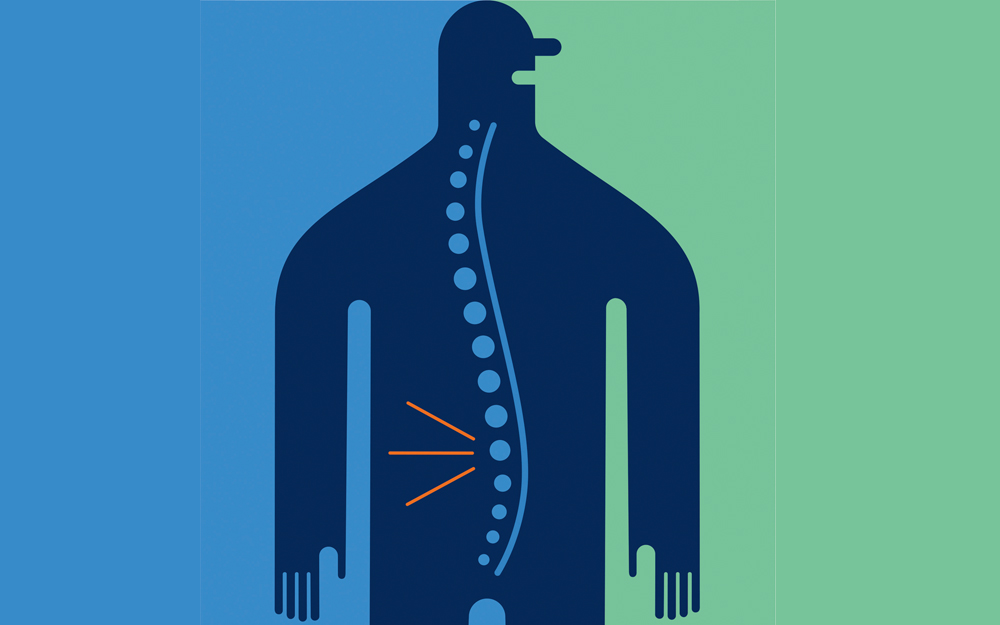Medical providers featured in this article
In Brief
{{cta-block}}
Intracranial artery stenosis—the narrowing of brain arteries from cholesterol buildup—is a major cause of stroke, the fifth-leading cause of death in the U.S. Some 25% of strokes are repeat events, and medications are the most commonly used means to prevent recurrence.
But nationwide research headed by Cedars-Sinai previously showed that, just as stents are used to widen cholesterol-clogged arteries in the heart, a similar method may be effective in the brain. Results from a Cedars-Sinai-led follow-up study provide additional evidence that a specialized stenting system could be as good or better than traditional therapies for certain patients with a history of stroke.
The latest study followed a group of stented patients for one year. The results showed a nearly 4% reduction in strokes and fatalities from a previous study using medical therapy alone, according to Michael Alexander, MD, director of the Cedars-Sinai Neurovascular Center.
"Our findings lend support that stenting for intracranial atherosclerotic disease can be performed safely, with apparent clinical benefit at the one-year follow-up," Alexander says.






